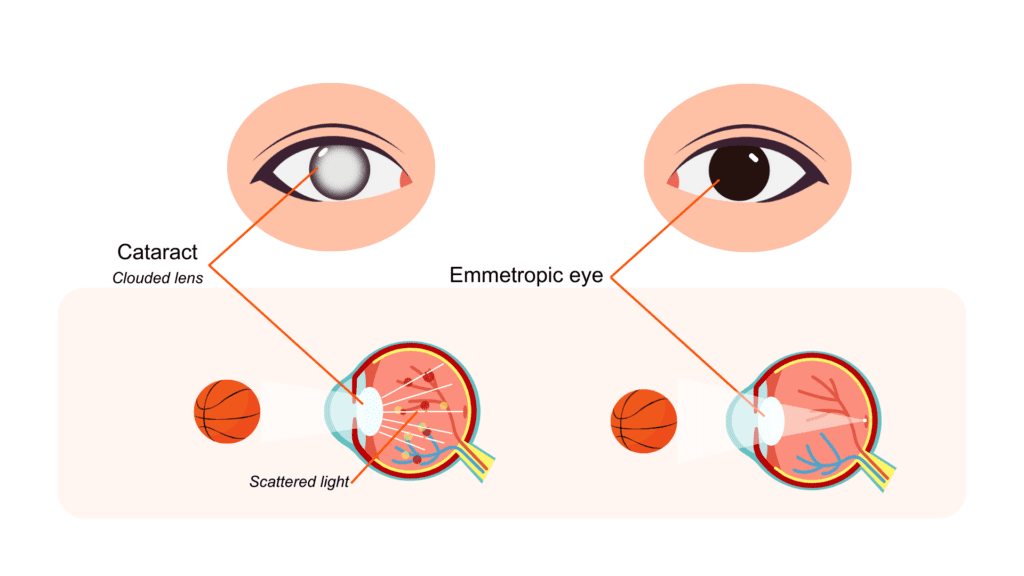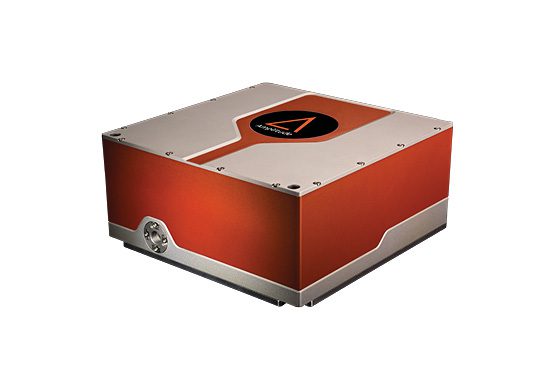The human eye, a marvel of intricate design, plays a pivotal role in our sensory experience, shaping our perception of the world. Understanding the complexities of ocular health and vision care is fundamental in addressing visual impairments and diseases affecting millions globally. In this quest, the integration of laser technology into ophthalmology has emerged as a transformative force, revolutionizing diagnostic, and surgical approaches in eye care.
In cataract and refractive surgeries, femtosecond lasers operate with remarkable precision. These lasers emit ultrashort pulses of light, allowing surgeons to create accurate incisions and perform tissue ablation with minimal disruption to surrounding structures. The laser’s ability to target specific tissues, as well as its non-invasive nature, makes it an invaluable tool in improving surgical outcomes and enhancing patient recovery.
Understanding Cataracts
A cataract is a common eye condition characterized by the clouding of the eye’s natural lens. This cloudiness typically develops due to ageing or other factors such as genetics or environmental influences. Cataracts progressively obstruct the passage of light through the lens, leading to blurred or hazy vision. In cataract surgery, the cloudy lens is replaced with an artificial intraocular lens (IOL) to restore clear vision.
Femtosecond lasers have ushered in a transformative era in ophthalmic procedures, most notably in the field of cataract surgery; they play a pivotal role by offering precise and efficient solutions.

Laser-Assisted Techniques
Femtosecond lasers enhance surgical precision in cataract surgery by performing key tasks such as creating precise incisions, fragmenting and softening the lens, and helping position intraocular lenses (IOLs) with exceptional accuracy.
Enhanced Surgical Accuracy
Laser technology ensures meticulous execution of surgical steps, helping surgeons to improve outcomes for patients undergoing cataract surgery.
Refractive Surgery
LASIK Operation

Refractive surgery encompasses a range of procedures to correct vision problems, such as nearsightedness (myopia), farsightedness (hyperopia), and astigmatism.
These procedures are designed to reduce or eliminate the need for glasses or contact lenses.
One common type of refractive surgery is LASIK (Laser-Assisted In Situ Keratomileusis), which reshapes the cornea to improve how light enters the eye and focuses on the retina.
Lenticule Extraction
Amplitude has pioneered the procedure for refractive surgery for the past 20 years, collaborating closely with top manufacturers in the field.
The use of our femtosecond lasers has replaced outdated techniques and significantly improved surgical outcomes while minimizing post-procedure discomfort.
Today, as a leader in LASIK and Lenticule Extraction, we continue to guide our partners in achieving excellence in the field.

Amplitude supports Innovative Glaucoma Management by pioneering femtosecond lasers for trabeculotomy surgery. This breakthrough technique enhances the eye’s drainage system, lowering intraocular pressure and advancing minimally invasive treatments for glaucoma.
The integration of laser technology into ophthalmology represents a significant advancement in vision care. Beyond cataract and refractive surgeries, lasers are instrumental in treating various eye conditions. With ongoing technological progress, the future of ophthalmology promises refined treatments, advanced diagnostics, and improved vision care, ultimately elevating the quality of life for individuals worldwide.


